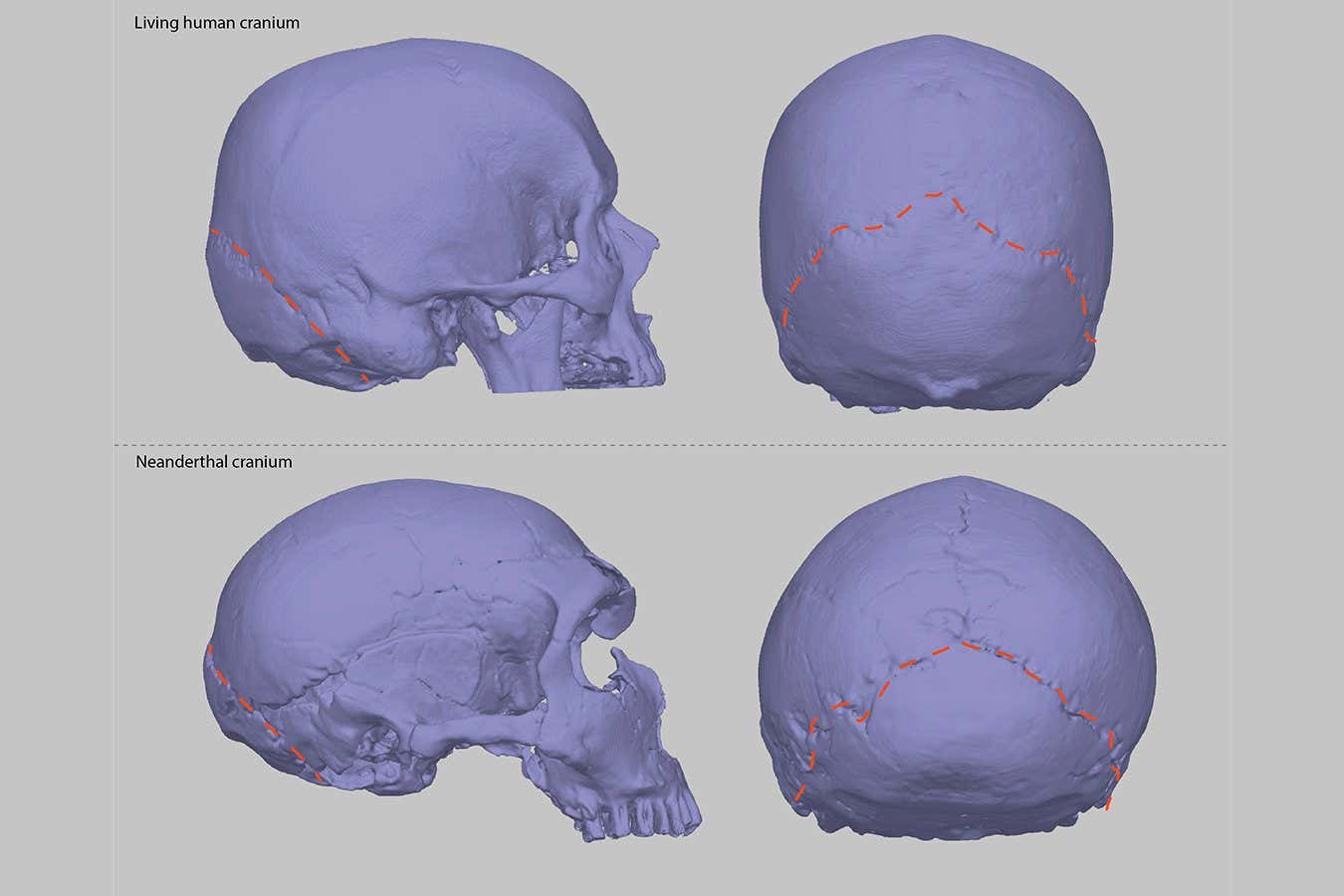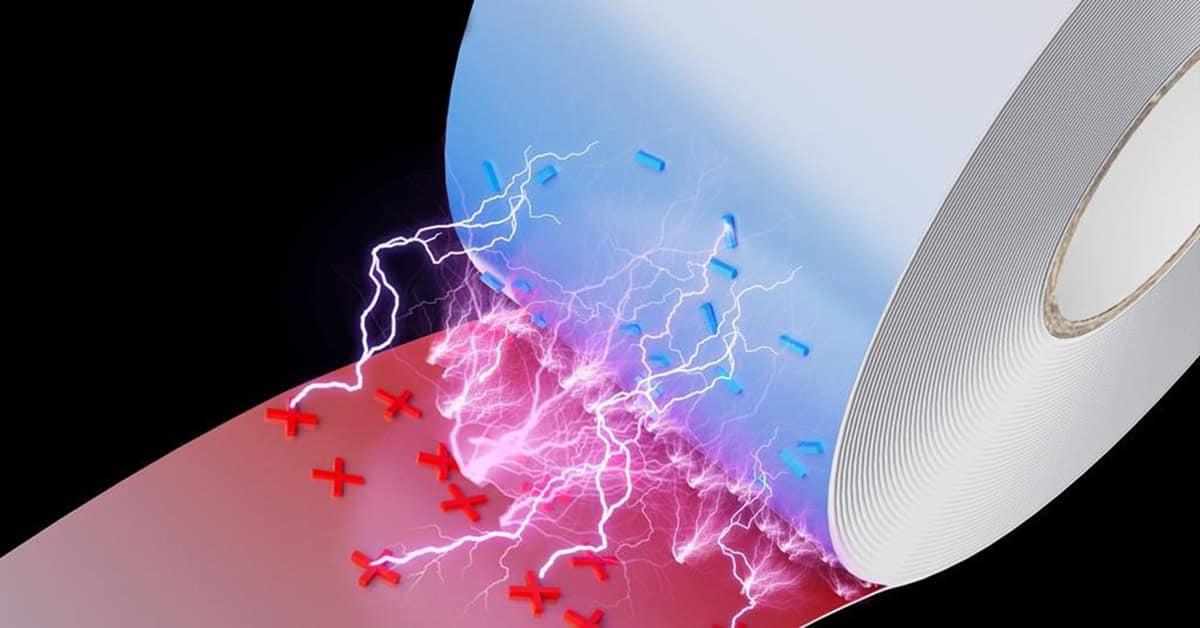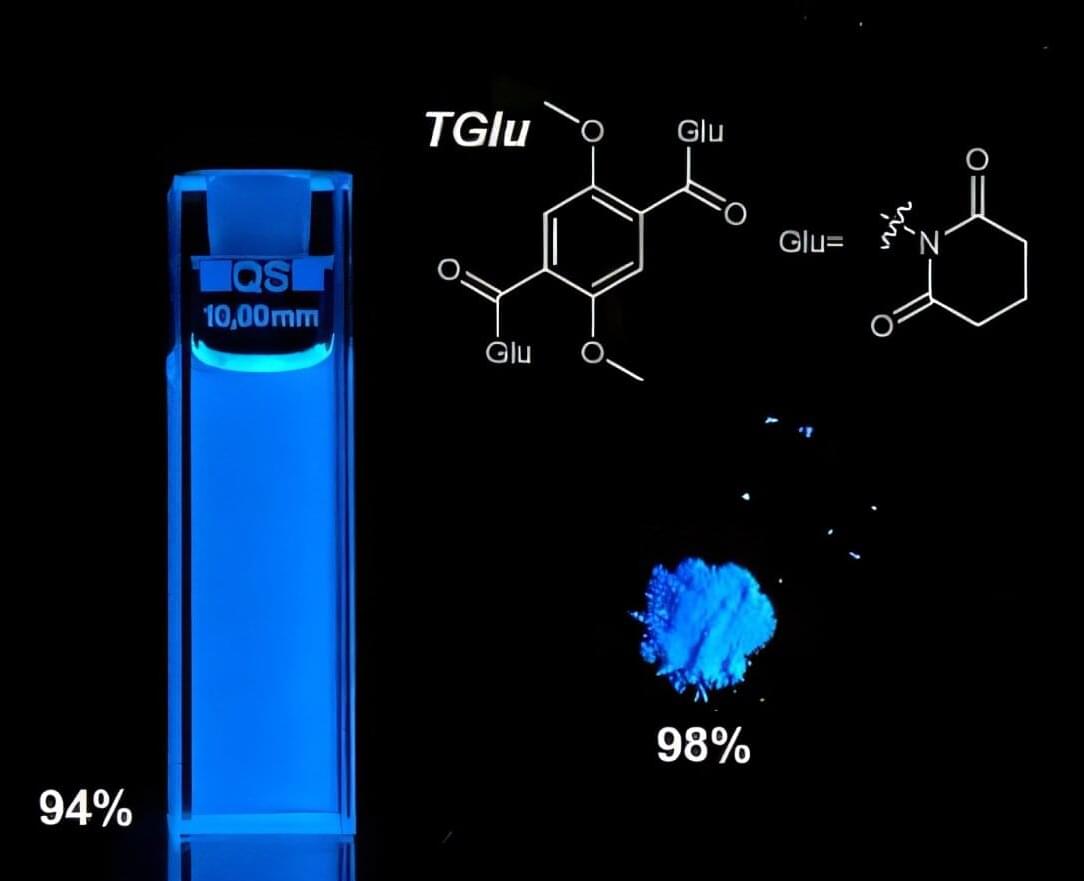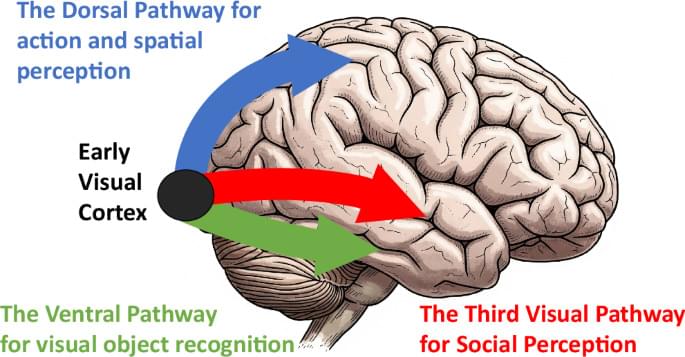There are no federal laws regulating A.I. but states have enacted dozens of laws that strengthen consumer privacy, ban A.I.-generated child sexual abuse material and outlaw deepfake videos of political candidates. All but a handful of states have some laws regulating artificial intelligence in place. It is an area of deep interest: All 50 have introduced bills in the past year tied to the issue.
The Senate’s provision, introduced in the Senate by Senator Ted Cruz, Republican of Texas, sparked intense criticism by state attorneys general, child safety groups and consumer advocates who warned the amendment would give A.I. companies a clear runway to develop unproven and potentially dangerous technologies.





